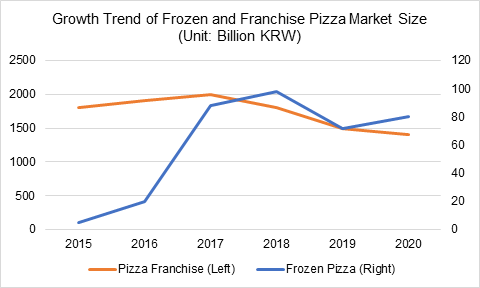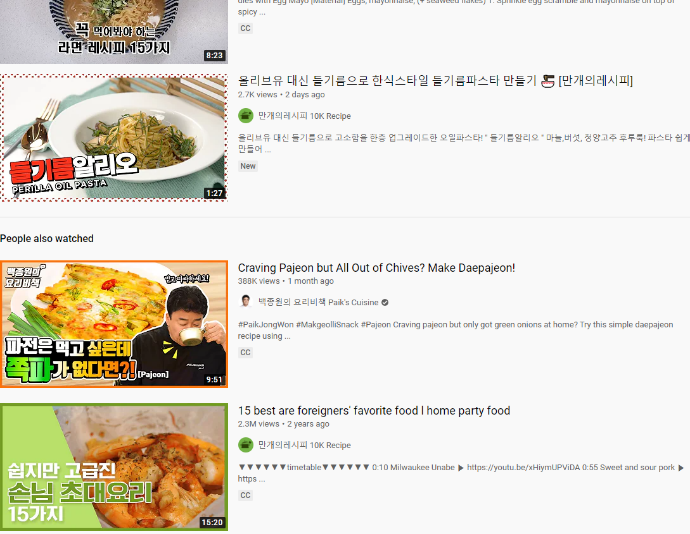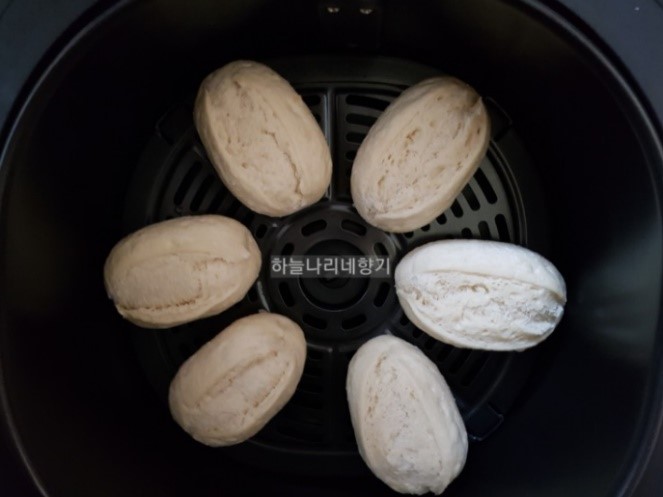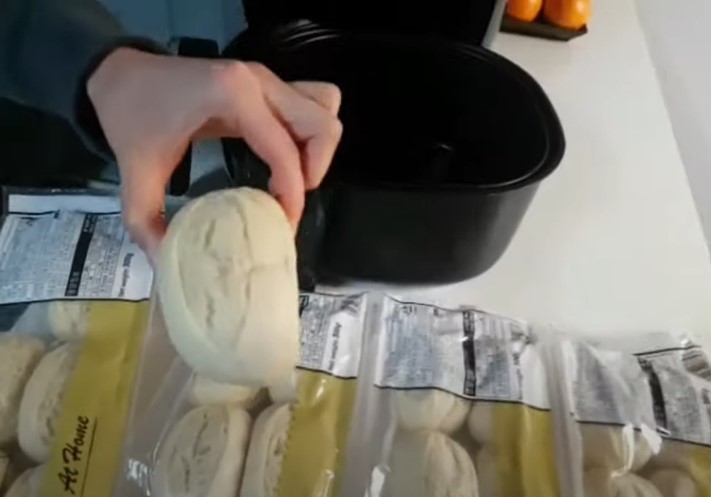Techtonic Shift of Korean Food Culture
Opportunities are unlimited for vendors venturing into the food business in Korea. The market is a veritable blue ocean. The paradigm has been turned on its head. Knowledgeable individuals KNOW that Korean food is rice, soup and kimchee. Chinese food is a cheap alternative. For a 'novel experience', one might venture into the world of Western cuisine. That has all changed. The elderly (sometimes begrudgingly) eats Western food. Middle aged consumers cross back and for the over the line with ease. Consumers in their twenties and younger, there never was a line to cross. There is no classification. Food is food. Tasty is tasty. Fun is fun. But, perhaps we should go back to the beginning.
Historically, Western Food was Premium
As we all KNOW, Korea is a rice eating country. A meal was a bowl of rice (bap or cooked rice is a synonym for 'food') with a bowl of soup and supplemented with side dishes which of necessity included spicy pickled cabbage known as kimchee. As recently as the 1960, Korea was one of the poorest countries in the world. Following the Korean war, food was scarce and basic survival was a challenge. Koreans became scavengers, gleaning grain from fields, eating wild herbs and plants. Those fortunate enough to live near a US Army base supplemented that by rescuing surplus food discarded from the base. American soldiers ate well but Western food was out of reach from the average citizen. Western food took on a premium image.
Eating steak with knife and fork was the very symbol of upper-class culture. Western style pasta sells for three times the price of kalkooksoo, Korean traditional noodles. Hosting a meal at a western restaurant was a sure-fire way to impress your date.
The first major assault on Korean food culture was pizza. Pizza is 'Western' so it had premium image and made the consumer feel sophisticated. Spicy kimchee did not pair well with pizza so restaurants substituted it with pickles. When Koreans learned that this was not common in Western countries but unique to Korea, it drove home the message that rather than sophisticated connoisseurs of Western food, they were still country bumpkins at heart. Some diners refused pickles out of shame.
But the concept has changed. Over the last few decades, as Korea became more affluent, more people had access to Western food. Pizza became extremely popular which gave rise to economically priced chains. Pizza, and by extension Western food, was no longer premium but mainstream. Pizza was consumed for lunch or a snack at any time. And Koreans were no longer ashamed to eat pickles with pizza. Convenience and economy replaced the premium image. The scene was set for the second major assault on food culture, the introduction of frozen pizza.

Source: Compiled by IRC Consulting
International Experience
Korean food culture has been buffeted from multiple directions. Many Koreans have traveled or lived abroad for extended periods of time. They have more experiences with foreign foods than did earlier generations. Interest in different types of international cuisine has grown. Diners seek out cuisine that they have experienced abroad.

Source: Youtube
The 'family restaurant' segment grew significantly. Western food is found not only in the premium segment but also among ordinary restaurants. Today, premium is no longer Western but can Korean as diners appreciate exquisite local fare as well as foreign.
Emerging Cooking Habits Offer New Opportunities for Western Food Companies
Youtube contributes to changes in perception of food. Chefs demonstrate how to cook dishes from around the world - the perfect steak, Indian curry or Korean bean paste soup. Now, anyone can cook any kind of food for breakfast, lunch or dinner following the guide popular youtubers.
Changes in food culture are reflected in consumer behavior in Korean supermarkets. Equally, changes have emerged in the kitchen. Koreans no longer feel constrained by the equipment they have in the home. They have learned how to make international foods with the tools they are familiar with. The success of frozen pizza is one of the examples of the new phenomenon. Frozen pizza can be made in a frying pan or an air fryer, not just in a Western style convection oven. Today, most modern apartments come equipped with microwaves and air-fryers. Air-fryers are small countertop convection ovens modified to Korean cooking practices.
A few days ago, I saw my mother, a traditional Korean senior citizen baking bread in an air fryer! She had purchased bakery dough at Costco and she was preparing fresh bread for breakfast. My mother told me that making bread from dough is much cheaper than bread from window bakeries. Dough is one of the best-selling items at Costco today. There are plenty of blog postings about Costco bakery dough and cooking with an air-fryer.
Until recently, cooking Western food at a Korean home presented many challenges. The lack of ingredients, the absence of 'proper' cooking tools such as convection ovens and unfamiliarity with Western cooking culture was a major roadblock. Nowadays, Koreans start to integrate Western cuisine using their own equipment and cooking habits. Koreans have found ways to enjoy frozen pizza and bakery dough without using convection ovens.
Cooking bread with dough from Costco and air-fryer
 
Source: Youtube “Hyeyangui Myunsarang”
Source: Blog “Haneulnarine Hyanggi”
Carpe Diem!
The changes in eating and cooking habits in Korea are as significant as the movement of the tectonic plates of the earth's crust. The barriers have fallen. Korean consumers are curious about new foods, they are willing to try any type of cuisine, tips on how to cook dishes from around the world using appliances common to Korea are ubiquitous. Koreans are sometimes known to be stubborn and resistant to change but when they start to change, it happens very quickly. A window of opportunity has emerged in the dietary habits of the Korean consumer. Carpe Diem! Seize the day and capitalize on changing habits of the Korean consumer.
IRC Consulting is a Korea focused business development consultancy that assists international organizations identify and capitalize on opportunities in this market. To achieve success in this market, contact IRC (http://www.ircconsultingkorea.com). Carpe Diem!
Suite 1705, Officia Building, 92, Saemunan-ro, Jongno-gu, Seoul, Republic of Korea 03186
|